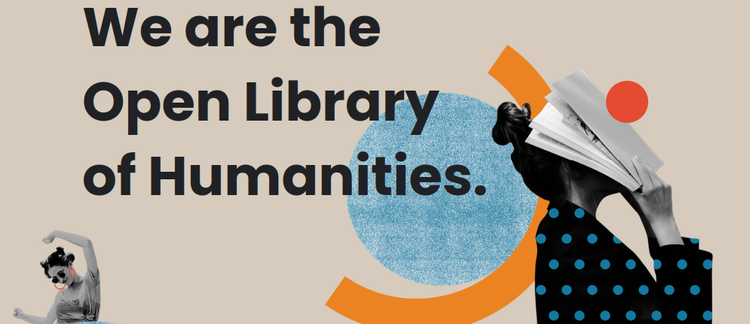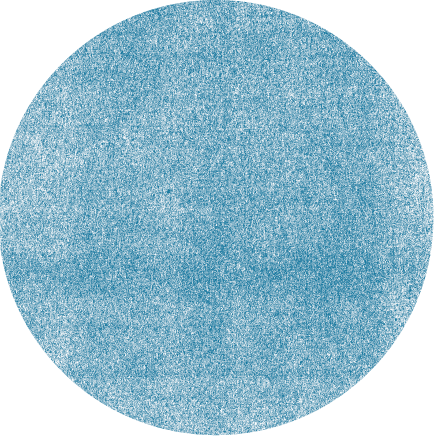OLH Overlay Journals
Posted by Martin Paul Eve on 7 April 2014



One of the unique features that will help us break into the publishing space is a curation mechanism of overlay journals. These are, in essence, co-branded journals that run on top of the OLH platform. Editors within that journal put together content through two routes:
- Through direct submission to that overlay journal (in exactly the same way as a conventional academic journal). This material, therefore, will appear in that overlay journal but also in the base OLH platform (across which all users can search). Review is overseen by the editors of the overlay journal and the process is then vetted by OLH section editors and made transparently available.
- Through curation of material that has been pre-published elsewhere in the OLH platform.
This mechanism serves several important functions:
- To demonstrate that value is added through the academic editorial (curation) function.
- To ensure the widest discoverability of material.
- To enable extant journals (learned societies and independent) to transfer onto and integrate with a broader, sustainable platform. This will help protect a number of vulnerable, poorly digitally preserved and/or unsustainable journals.
- To allow the OLH to rapidly gain prestige on the basis of the journals that are transferring in and to bring an economy of scale and professional service back to those journals.
- To centralise typesetting and production systems to reduce costs.

The megajournal itself (the OLH Base) is a submission platform to which anybody can submit in its own right. However, as so many words have been spilled over the claimed loss of academic freedom entailed in open access, we will also have a system of overlay journals: autonomous journals that sit on top of the platform. All content from these journals will be discoverable through the OLH base. These journals will have independent peer review criteria which will be clearly signalled in the article cover sheets.
In this way, we hope to provide a transition mechanism to APC-free publishing through shared infrastructure and economies of scale. There is no risk of compromising academic freedom as overlay journals remain independent, only sharing the infrastructure and discoverability aspects of the platform. Indeed, once the launch concept has been shown to work, we hope that editors will wish to bring their journals on board to transition away from a subscription mechanism towards a collaboratively governed and financed future of publication in the humanities.
Image by The Shopping Sherpa under a CC BY-ND license.

